Google has a great tendency of dropping surprise software releases, and that’s where Android 13 Developer Preview 2 comes in. This update is now available for devices between the Pixel 3a and Pixel 6 Pro, meaning that you can test out the latest features that Google likely plans to introduce later this year.
The first Developer Preview was released a little over a month ago, and with it, brought support for Material You theming across all apps. Better Wi-Fi permissions was another key feature, allowing developers to implement better nearby device detection. There’s also a new photo picker that was shown off, and is designed to be more privacy-focused as the app will only have access to the photos or albums that you choose.
As is usually the case with these releases, a new post has gone up on the Android Developers Blog detailing what’s new in Developer Preview 2.
Android 12L comes to AOSP
Android 12L has been officially released for Pixel devices and will arrive on others later this year. Along with implementing various bug fixes, the big focus of Android 12L is to offer a better experience on devices with larger screens. This goes for foldable phones like the Galaxy Z Fold 3, along with tablets. It seems that Google is going all-in on tablets this year, as the blog post reveals that “the large screen features in 12L are foundational in Android 13″.
Notification Permission
User privacy was a big focal point of Android 12’s release, in addition to the Material You implementation. While we haven’t seen any other major changes from a customization standpoint, Google is bringing better notification permissions to your phone with Android 13. Developers will now need to request that notifications can be sent, instead of just sending them whenever you open and/or sign in to a newly downloaded app.
Audio Improvements
Android 13 Developer Preview 2 finally brings support for built-in Bluetooth LE (Low-Energy) Audio. This is expected to replace the old Bluetooth standard in the future but also allows for a better listening experience without having to be worried about battery drain. We’re also getting official support for the new MIDI 2.0 standard, allowing you to connect compatible hardware to your phone via its USB port.
Other new features
- Improved Text Wrapping – TextViews can now wrap text by Bunsetsu (the smallest unit of words that sounds natural) or phrases — instead of by character — for more polished and readable Japanese applications.
- Developer downgradable permissions – Some apps may no longer require certain permissions which were previously granted by the user to enable a specific feature, or retain a sensitive permission from an older Android version.
- Text Conversion APIs – People who speak languages like Japanese and Chinese use phonetic lettering input methods, which often slow down searching and features like auto-completion. In Android 13, apps can call the new text conversion API so users can find what they’re looking for faster and easier.
- Color vector fonts – Android 13 adds rendering support for COLR version 1 (spec, intro video) fonts and updates the system emoji to the COLRv1 format.
When Is Android 13 Being Released?
One of the big questions, whenever a new major version of Android is released, is “when will it be released”. In the same blog post, a new timeline has been shared, revealing that we should expect the first beta to arrive in April.
From there, Google will release a total of three updates between April and June, before reaching “Platform Stability”. By that point, developers will need to begin implementing the customer-facing changes and testing compatibility ahead of the final release.
Looking at the schedule, Android 13 should officially arrive sometime in August, following the same schedule that we saw with Android 12. What remains to be seen is whether Google will announce any crazy and yet-unseen features at I/O 2022.

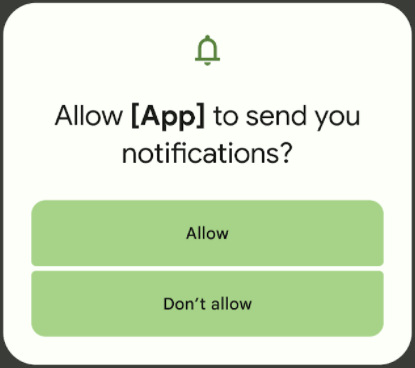
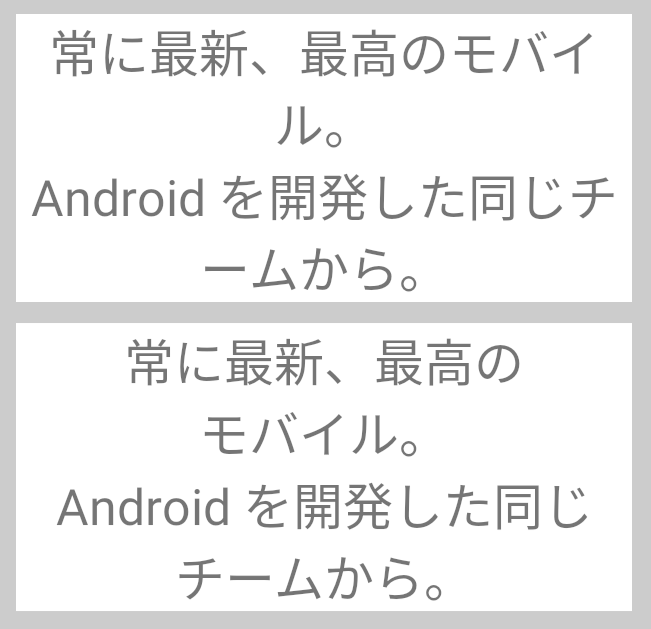

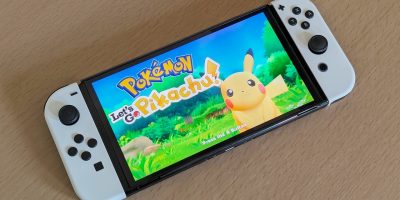


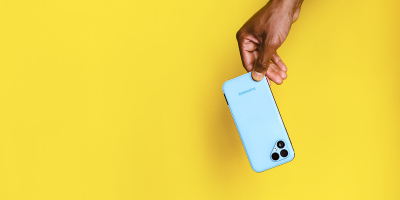

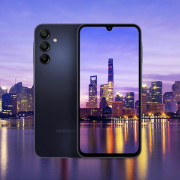
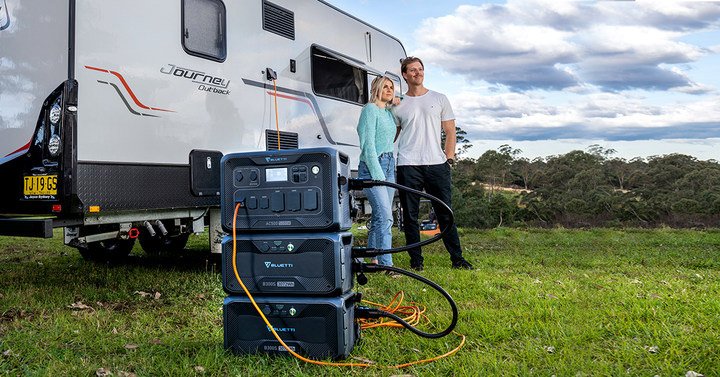

Comments